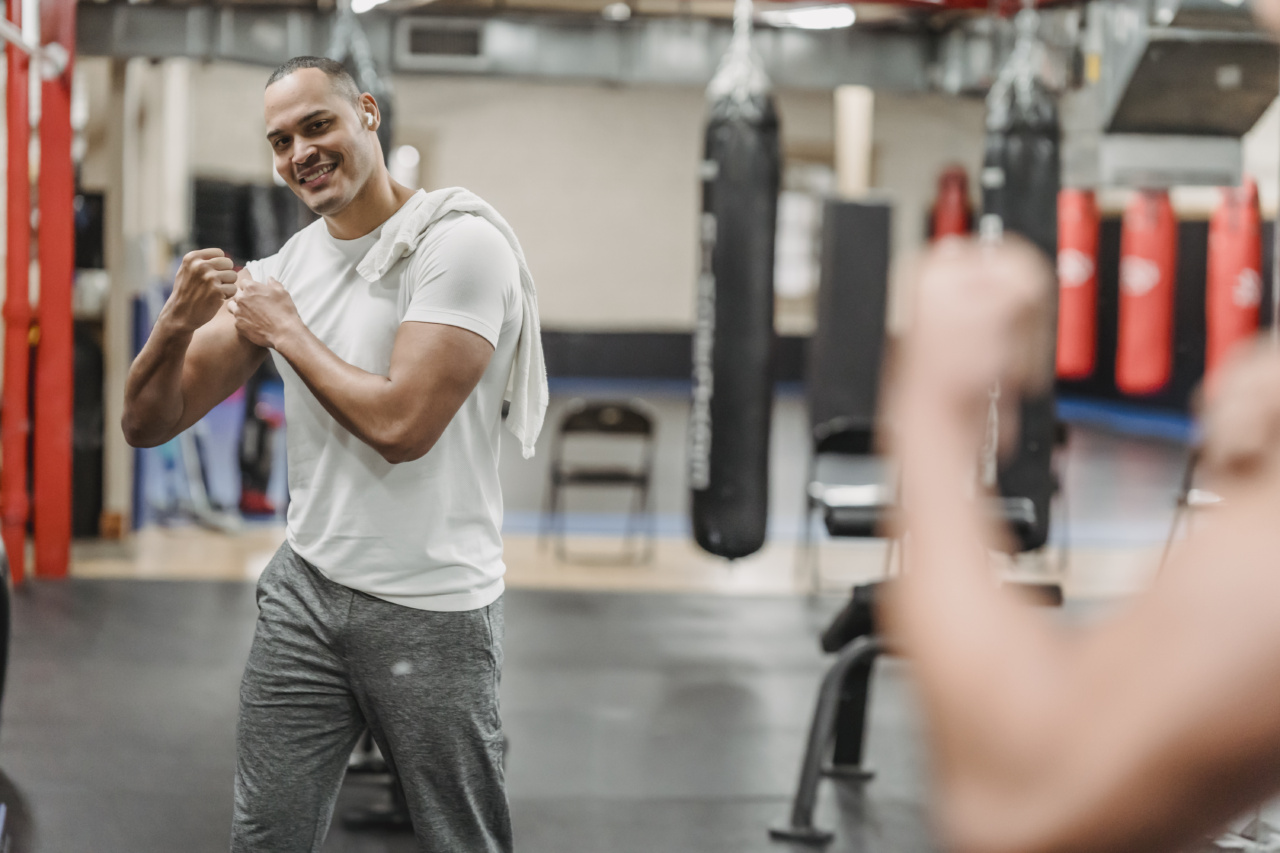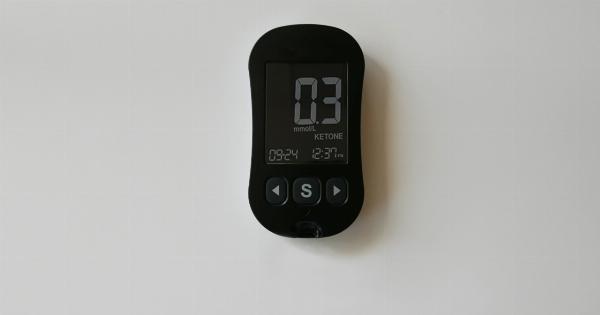When it comes to maintaining a healthy lifestyle, numerous factors come into play, including physical fitness and alcohol intake.
While these two elements may seemingly stand on opposite ends of the health spectrum, recent studies indicate that there is actually a positive correlation between them. This article explores the relationship between physical fitness and alcohol intake, delving into the effects of exercise, the impact of alcohol consumption, and the overall implications for our health.
Understanding Physical Fitness
Physical fitness refers to a person’s overall health and well-being in terms of their physical condition and the ability to perform various physical activities.
It encompasses factors such as cardiovascular health, strength, flexibility, and endurance.
Regular physical exercise plays a vital role in achieving and maintaining physical fitness.
Engaging in physical activities like jogging, swimming, weightlifting, or participating in sports not only improves these key aspects of fitness but also offers a range of health benefits, such as reducing the risk of chronic diseases, improving mental health, and enhancing overall quality of life.
The Effects of Alcohol Consumption
Alcohol consumption, on the other hand, refers to the intake of alcoholic beverages.
While moderate alcohol consumption can provide certain health benefits, excessive or prolonged abuse of alcohol can lead to various negative consequences, including liver disease, addiction, impaired judgment, and increased risk of accidents.
It is worth emphasizing that moderation is key when it comes to alcohol consumption.
Moderate drinking is defined as up to one drink per day for women and up to two drinks per day for men, according to the Centers for Disease Control and Prevention (CDC). Consuming alcohol within these limits can potentially offer certain health benefits, such as a lower risk of heart disease and stroke.
The Positive Correlation
Research studies have indicated a positive correlation between physical fitness and alcohol intake, suggesting that individuals who engage in regular physical exercise tend to consume alcohol in moderation and experience fewer negative effects.
One possible explanation for this correlation is the concept of self-regulation.
Self-Regulation and Healthy Behaviors
Self-regulation is the ability to exert control over one’s thoughts, emotions, and behaviors in order to achieve specific goals or desired outcomes.
Individuals who have a healthy lifestyle and engage in regular exercise often exhibit strong self-regulation skills when it comes to their alcohol consumption or other potentially unhealthy behaviors.
Regular exercise requires discipline and commitment, and those who are physically fit have often developed a sense of maintaining balance and control in their lives.
This disciplined approach extends to other areas, such as alcohol consumption, leading to moderate and responsible drinking habits.
Benefits of Physical Fitness in Alcohol Consumption
Physical fitness can have several direct and indirect benefits when it comes to alcohol consumption. Firstly, engaging in regular exercise can help reduce stress and anxiety, often known as known as a common trigger for excessive drinking.
By managing stress levels through physical activity, individuals may be less likely to turn to alcohol as a coping mechanism.
Furthermore, physical fitness contributes to overall well-being and increased self-esteem. When individuals feel good about themselves and their bodies, they are more inclined to adopt and maintain healthy habits, including moderate alcohol intake.
The positive self-perception that arises from physical fitness can serve as a powerful motivator for responsible drinking.
The Importance of Moderation
While physical fitness and alcohol intake may demonstrate a positive correlation, it is crucial to emphasize the importance of moderation in alcohol consumption.
Excessive alcohol intake can negate the benefits of physical exercise and pose considerable health risks.
Heavy drinking can lead to impaired motor coordination and cognitive functioning, impacting athletic performance and increasing the risk of accidents or injuries during exercise.
Additionally, excessive alcohol consumption can result in dehydration, reduced muscle recovery, and compromised immune function, hindering physical fitness progress.
Striking a Balance
Striking a balance between physical fitness and alcohol intake is essential for maintaining overall health and well-being. Here are some tips to achieve a harmonious relationship between the two:.
1. Set Limits
Establish personal limits for alcohol consumption and stick to them. The key is moderation and being mindful of your intake.
2. Hydrate Properly
Stay hydrated, especially when indulging in alcoholic beverages. Drinking water can help mitigate the dehydrating effects of alcohol and support overall fitness goals.
3. Plan Rest Days
Include rest days in your exercise routine to allow your body to recover effectively. Avoid consuming alcohol on these days to optimize recovery and progress.
4. Seek Support
If you struggle with excessive alcohol intake, consider seeking support from healthcare professionals or support groups. They can provide guidance and assistance on maintaining a healthy balance.
Conclusion
Physical fitness and alcohol intake showcase a positive correlation, as individuals who engage in regular exercise tend to consume alcohol in moderation and experience fewer negative effects.
However, it is vital to remember that moderation is crucial to reap the benefits of both components and maintain optimal health. Striking a balance between physical fitness and alcohol intake enhances overall well-being and contributes to a healthier and more fulfilling lifestyle.






























